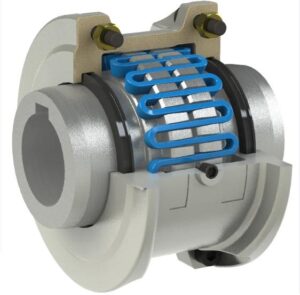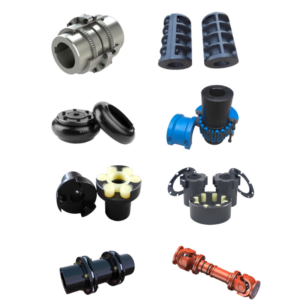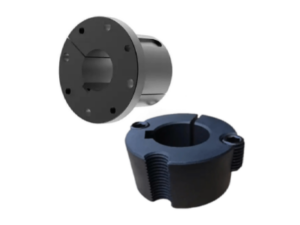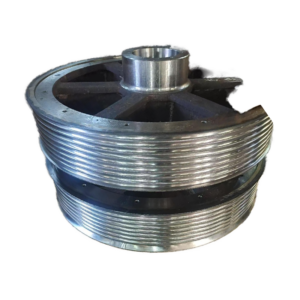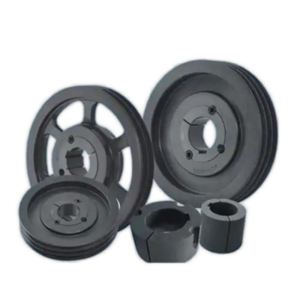Bellows couplings, also known as flexible diaphragm couplings, are commonly used in mechanical power transmission. The design of the shaft length and bore size plays a crucial role in the performance and reliability of the coupling.
1. Impact of Shaft Length
- Installation Space and Alignment Precision: The shaft length determines the distance between the two connected shafts. An excessively long shaft may increase the installation space and reduce the compactness of the equipment, while a shaft that is too short may not meet installation requirements.
- Torsional Stiffness and Elastic Deformation: A longer shaft length can lead to greater torsional angle on the bellows element, resulting in more elastic deformation which affects torsional stiffness and vibration damping performance.
- Dynamic Performance and Resonant Frequency: Shaft length influences the coupling’s inertia and vibration characteristics, affecting its resonant frequency. Improper shaft length may cause increased vibration and mechanical fatigue.
- Load Capacity: Appropriate shaft length helps the coupling better withstand torque, axial, and radial loads.
2. Impact of Bore Size
- Matching Shaft Diameter: The bore size must match the shaft diameter to ensure a tight fit, preventing slippage or loosening, thereby ensuring reliable torque transmission.
- Ease of Assembly: If the bore is too small, the coupling cannot be mounted; if too large, additional keys or clamping devices may be necessary to maintain transmission stability.
- Torque Transmission Capability: Bore size affects the contact area between the coupling and shaft, impacting torque transmission efficiency and safety margin.
- Stress Distribution: An inappropriate bore size may cause localized stress concentrations inside the coupling, reducing its service life.
3. Can the Shaft Length of a Bellows Coupling Be Shortened?
Shortening the shaft length of a bellows coupling is possible but must be done carefully:
- Cutting Location: Only the extended shaft ends of the coupling should be cut. The central bellows (flexible diaphragm) part must not be damaged. It’s best to confirm with the manufacturer whether the coupling design allows cutting.
- Surface Treatment After Cutting: After cutting, the shaft end must be deburred and smoothed to avoid stress concentration and damage to sealing or mating surfaces. The end face may need to be machined flat to ensure proper assembly.
- Fit and Assembly: Shortening does not change the bore diameter, but if cut too short, the coupling may not clamp securely on the shaft, compromising transmission reliability.
- Manufacturer’s Advice: It is strongly recommended to consult the coupling manufacturer or supplier before cutting. Some models are designed with adjustable lengths, while others are not.
- Performance Impact: A shorter shaft may affect the coupling’s elasticity and its ability to absorb torsional vibrations.
Summary:
Shaft length and bore size are critical parameters influencing the mechanical performance of bellows couplings. While shaft shortening is feasible, it requires professional handling and manufacturer consultation to ensure the coupling’s strength, alignment, and torque transmission capabilities are not compromised. Improper modification can lead to equipment failure and safety risks.

